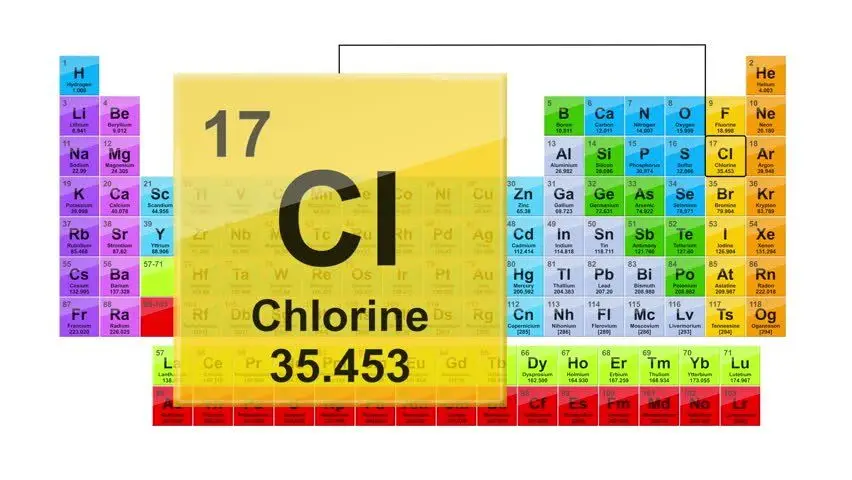Now that summer has finally arrived in Northwest Arkansas, the customers come streaming through our doors to get their water tested. There are a variety of reasons to have your water tested, the most unfortunate of which is that your water has turned green. It happens to even the most diligent of caretakers. You leave for a week on vacation, or your breaker trips, leaving your equipment without power and, in the interim, algae attacks. You may have wondered, “What causes algae?” or “How can it prevent it?” You’ve certainly asked, “How can I get rid of it?!”
Algae appears when your pool water is not properly sanitized. Low or inconsistent chlorine levels invite organic contaminants to take up residence. Poor water chemistry is another factor. Improper pH and alkalinity levels not only obstruct chlorine efficacy, they also may actually create a hospitable environment for an algae bloom. Poor water filtration is yet another culprit. When is the last time you backwashed your filter? This is a necessary bit of routine maintenance that is vital to the health of your pool water. Poor water circulation could also be the issue. When is the last time you cleaned out your skimmer and strainer baskets? Or, your pump might be without power, as mentioned before.
In order to kill and remove algae, you will need to follow this tried-and-true formula. Step one is to balance your water chemistry. We like to see pH in the range of 7.2-7.6 and alkalinity in the range of 80-120 ppm. Step two is to super-chlorinate. When it comes to shocking your pool, we recommend one pound per 10,000 gallons. In the presence of algae, we like to double that. Step three is to brush well. This both disturbs the algae and distributes the chlorine. Step four is running the filter for 24 hours, checking the pressure gauge and backwashing as needed, before reassessing. Dead algae will turn white, gray, or even brown. Your water may be cloudy after the green is gone. If that is indeed the case, an additional step involving a clarifier or a flocculent may occur here. The final step is a slow and deliberate vacuum to leave your pool crystal clear.
The prevention of an algae bloom is much like the treatment, with the focus on being proactive rather than reactive. Sanitize continuously, balance your water chemistry regularly, and check your filtration and circulation frequently. For the pools that we service on a weekly basis, we like to supplement these actions with a weekly regimen of enzymes and algaecides. If you have any questions about your pool water, feel free to call or come by, and keep in mind that we do offer complimentary water testing.


